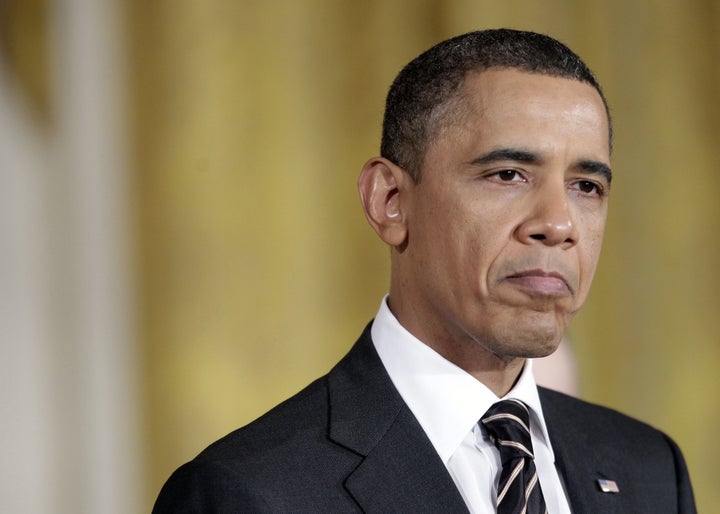
It was the best of times; it was the worst of times. Welcome to budget season FY2012 -- and FY2011. Adding to the usual budget chaos in Washington this time of year is not one, but two budgets. President Obama released his FY2012 budget request yesterday. Meanwhile Congress is still trying to settle FY2011 funding levels (four months after the fiscal year began) before the current continuing resolution expires on March 4. A first glimpse of the proposed House levels for FY11 and President Obama's FY2012 request suggest never the twain shall meet.
Here's what I mean:
- Development is part of U.S. national security: true or false? President Obama (like President Bush) says true. The Republican-controlled House says false. The distinction is more than semantic: the administration and Congress exempt national security budget items from major cuts and or spending freezes. So, as in the FY2011 request, the Obama administration includes FY2012 development investments as part of national security spending, alongside defense and diplomacy, and cuts are modest. In contrast, the House (despite a lot of "aid is national security" rhetoric) puts FY2011 in the non-security category and cuts aplenty.
- International Financial Institutions: effective way to leverage development dollars? President Obama's FY2012 budget says yes with significant funding increases for the international financial institutions ($3.32 billion in FY2012, a 47% increase over FY2010 enacted levels). These increases reflect periodic replenishments to funds like the World Bank's International Development Association (IDA), but also general capital increases following increased lending in response to the global financial crisis. The multilateral increases support President Obama's commitment to renew and strengthen U.S. engagement in the institutions and a sense that the U.S. can leverage additional donor resources though the IFIs in tough economic times. (My colleague Todd Moss reminds me that for every $1 the U.S. invests, the African Development Bank can lend $30.) The joint CGD/Brooking Quality of Official Development Aid or QuODA also suggests the IFIs are among the most effective development institutions. But the House says no, proposing a mere $1.15 billion for FY2011, roughly half of the FY2010 enacted levels and a far cry from the $3.32 billion the president requests in FY2012. In addition, President Obama's three major development priorities -- Feed the Future, the Global Health Initiative and climate change -- have multilateral components that are supported in the FY2012 budget request; all of them are cut or zeroed-out in the House-proposed FY2011 levels.
- Millennium Challenge Corporation (MCC): leading edge of U.S. bilateral aid or bull's eye? The president's FY2012 budget requests $1.125 billion for the MCC, a slight increase over the $1.105 billion appropriated in FY2010. President Obama's global development policy directive and new initiatives embrace MCC principles: selectivity, country ownership, transparency, impact evaluation and results. And QuODA ranks MCC among the most effective bilateral aid institutions, in part because it was built on the same effective development principles QuODA measures. Despite this, and the fact that the MCC was created under President Bush's leadership and has had bipartisan congressional support since it began in 2004, the House FY2011 levels cut the MCC a whopping 29% down to $790 million dollars (which would affect compacts already in development with the MCC, potentially those with Malawi, Cape Verde, and Indonesia).
In almost all facets, the two budgets head in opposite directions. Funding for frontline states -- Afghanistan, Pakistan and Iraq -- may be one of the few exceptions. Ditto for funding to Israel and Egypt. (Connie Veillette and Casey Dunning posted helpful charts on the funding difference and the U.S. Global Leadership Campaign has just released their useful budget analysis too.) The point here isn't to stump for more aid. It's to argue for rationale cuts and smarter development. While the FY2012 budget request isn't exactly "the best of times", it builds on the development achievements and goals of both Republican and Democratic administrations in the last decade. The House-proposed FY2011 cuts signal a significant departure from recent development trends and bipartisanship. Stay tuned for if and how the administration, Congress and the advocacy community reconcile the disparities.
Special thanks to budget guru Larry Nowels for sharing his analysis and insights with me!